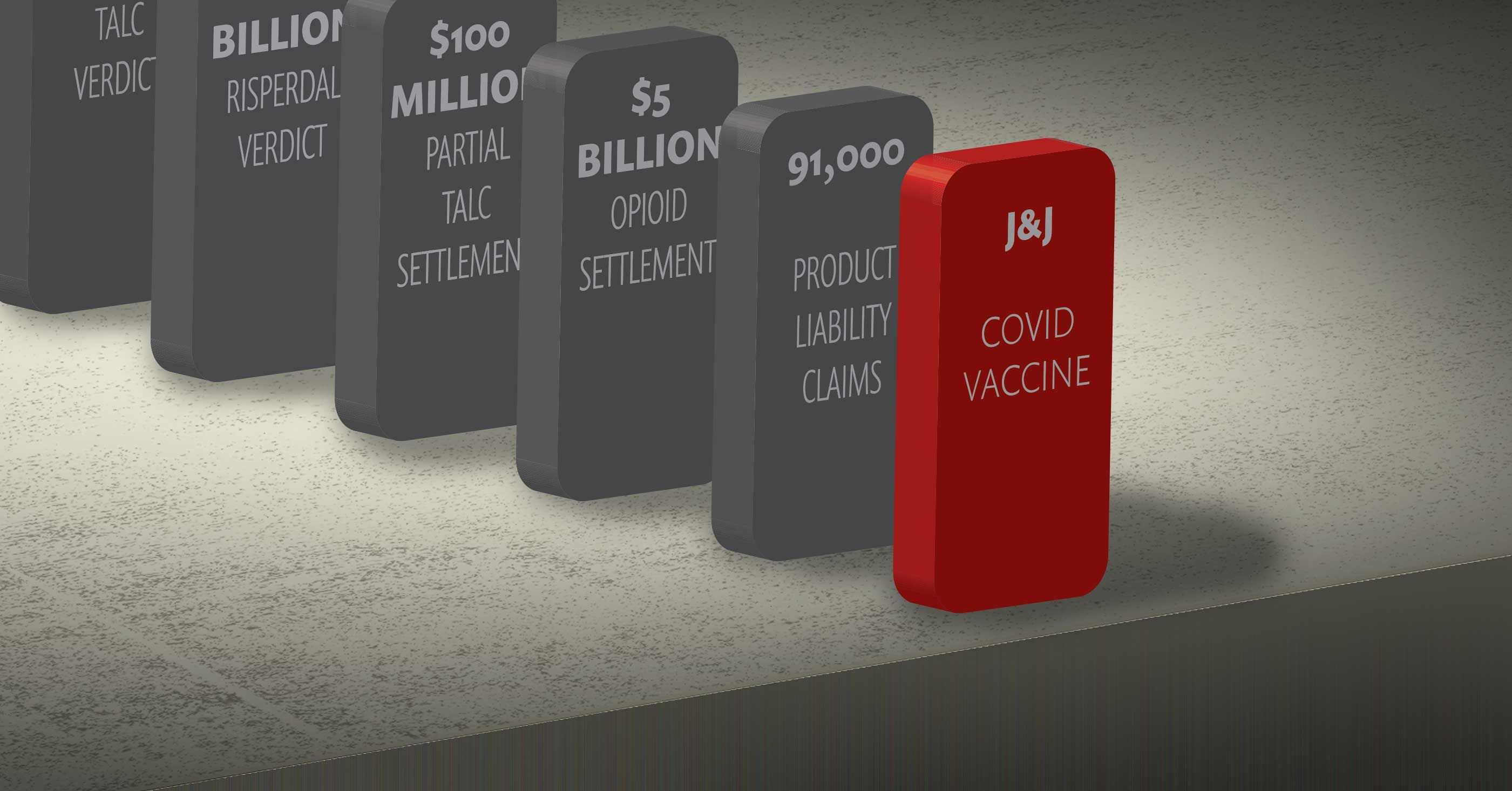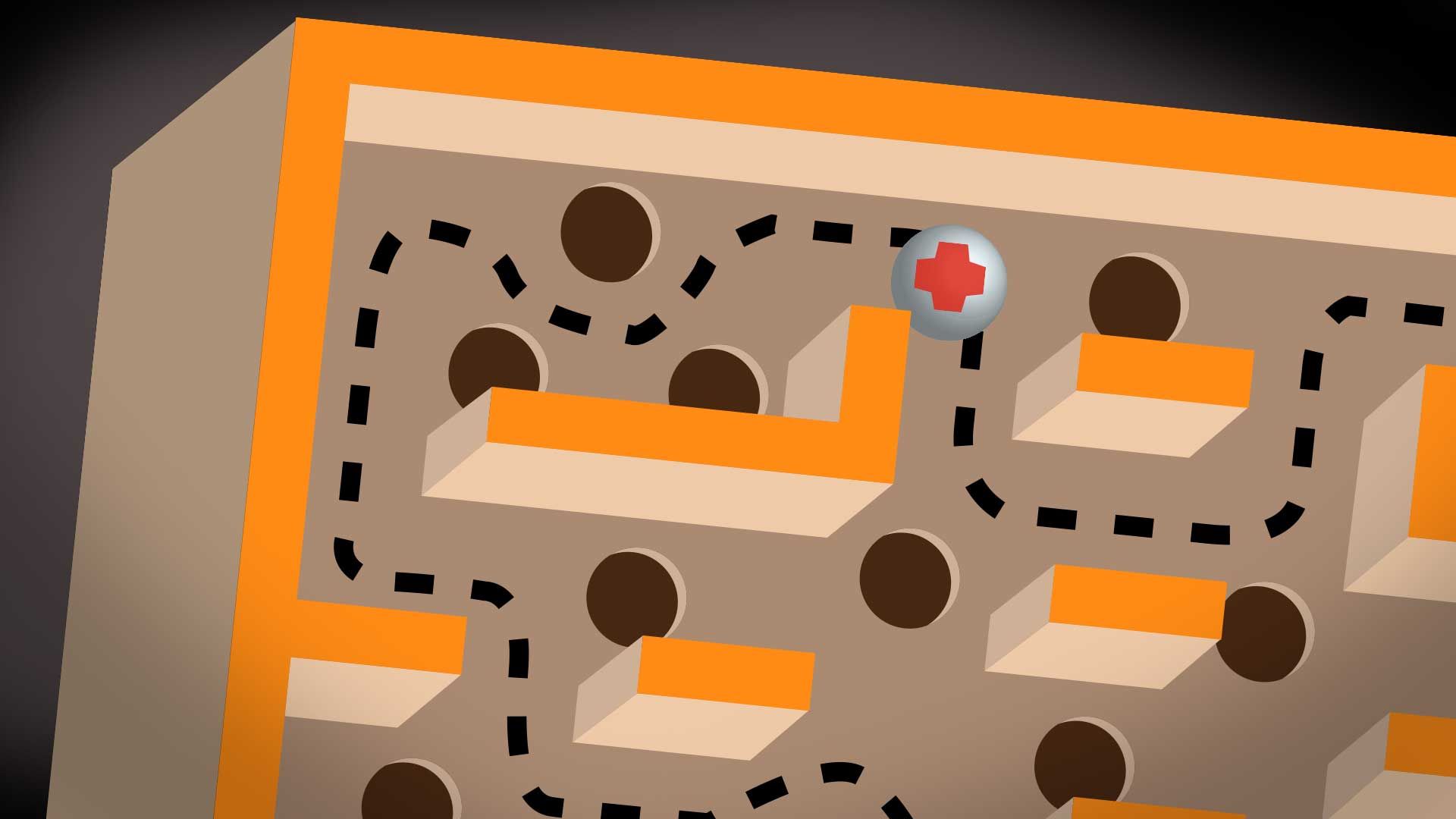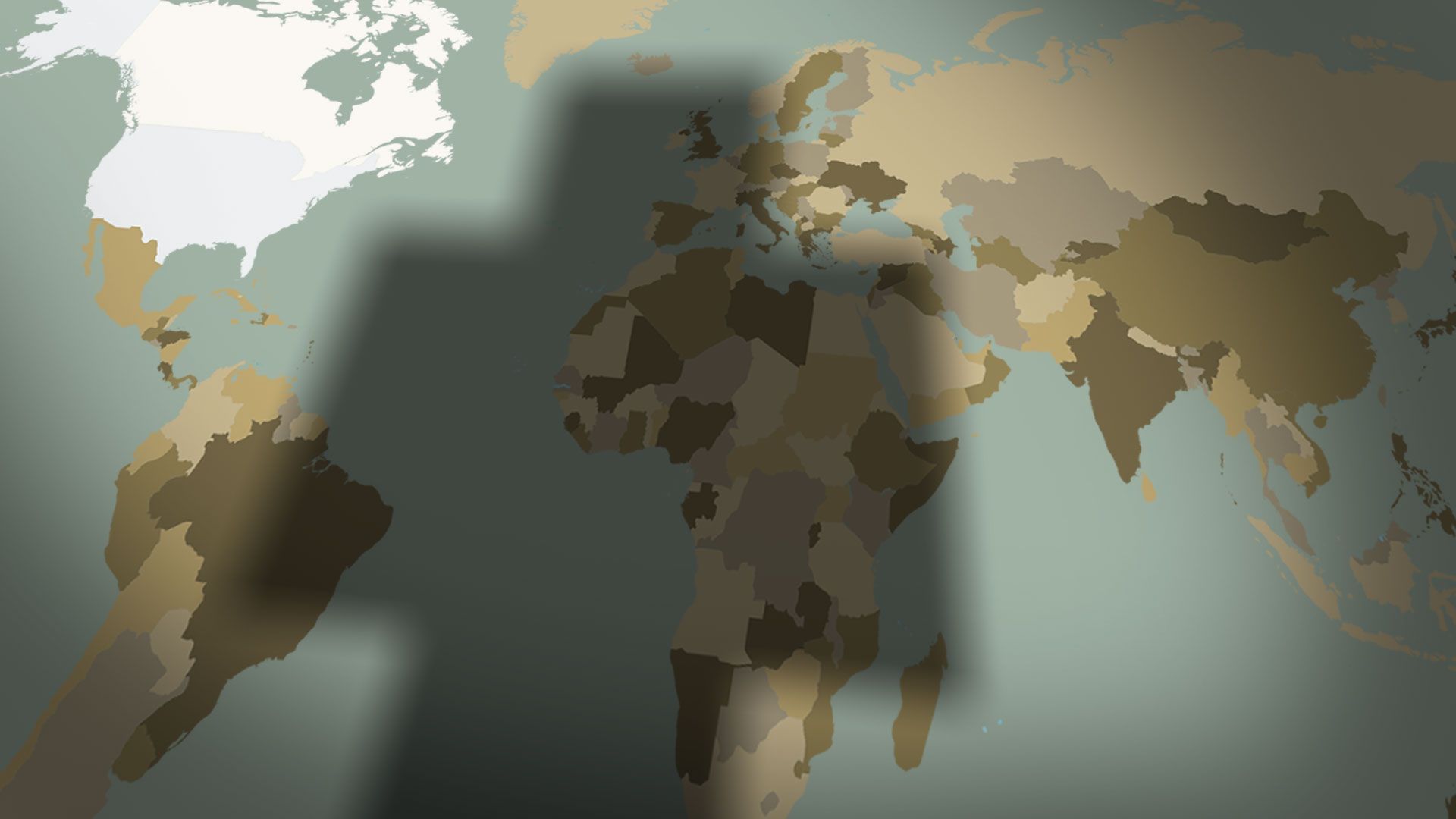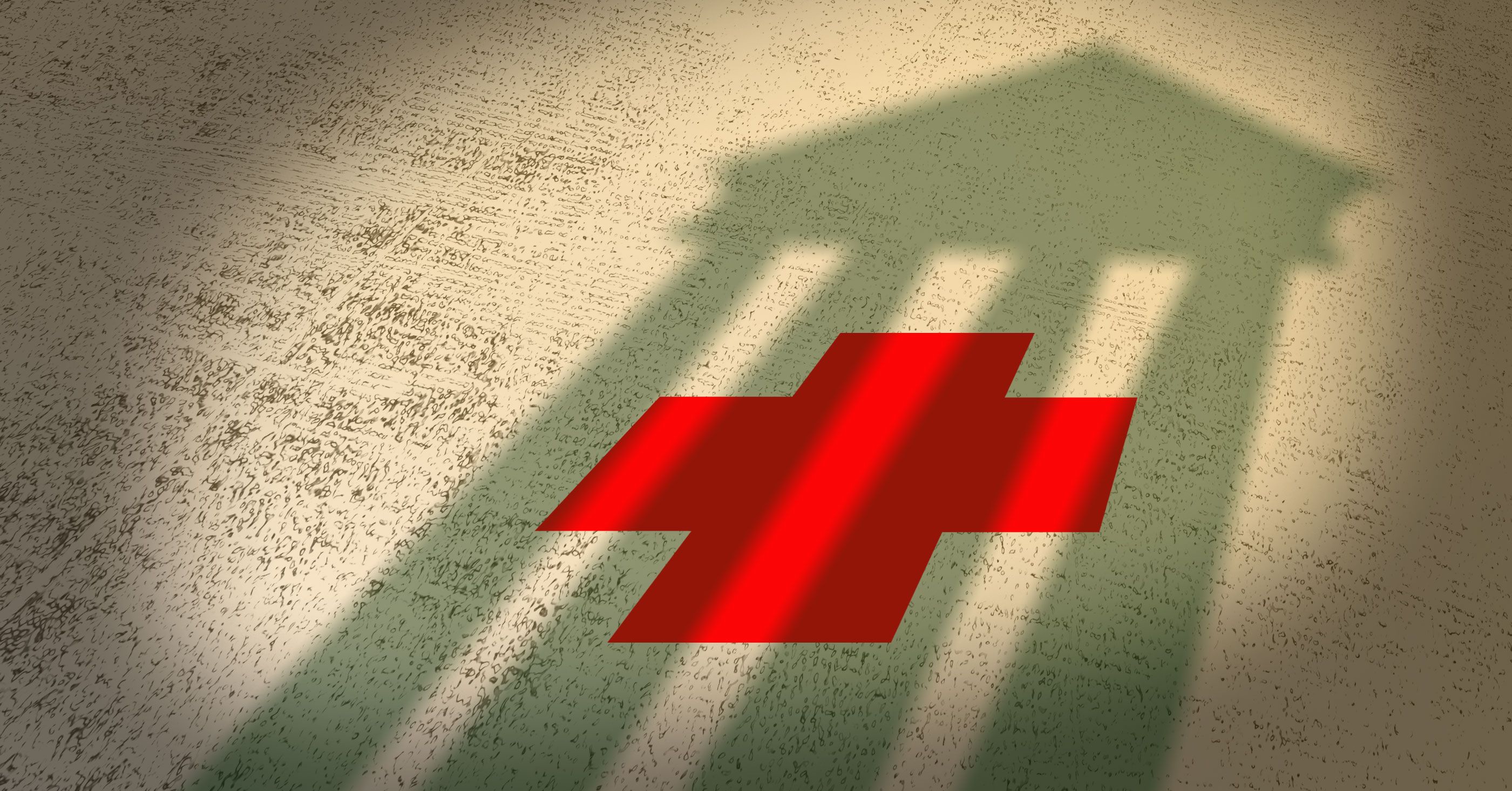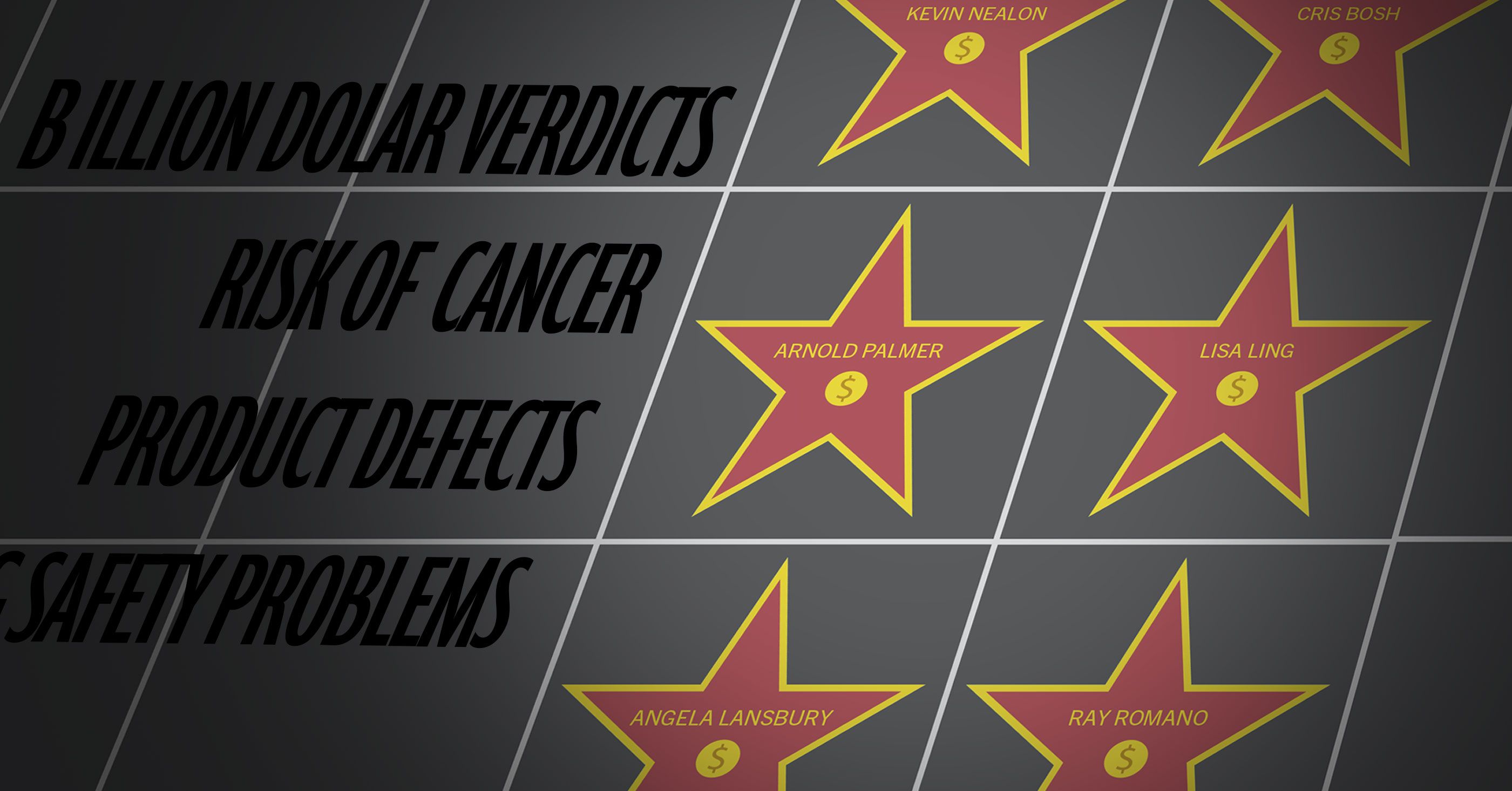The race to develop a Covid-19 vaccine comes at an awkward time for Johnson & Johnson
- Public trust is critical for the success of any COVID vaccine
- Johnson & Johnson faces 93,000 product liability claims
- State governments accuse J&J of misleading the public and doctors in opioid litigation
The pharmaceutical giant recently acknowledged the importance of public trust in any future vaccine approved by the FDA to bring an end to the coronavirus pandemic.
“Johnson & Johnson will develop and test its COVID-19 vaccine candidate in accordance with high ethical standards and sound scientific principles,” the company wrote in a Sept. 23, 2020, statement on the website.
Just days before the post, the company’s reputation suffered a body blow.
The state of New York on Sept. 17 filed insurance fraud charges against J&J for its role in the national opioid crisis which is killing 128 Americans a day. New York and other states contend J&J, to increase profits, misled the public and doctors about the dangers of the drugs, resulting in an epidemic of addiction and death. Just weeks later, J&J agreed to a massive $5 billion settlement with a group of lawyers representing local governments.
The opioid settlement is just the latest in a series of headlines in recent years eroding public faith in a company long marketed as the one you could trust. The company’s reputation in the global pharmaceutical industry “plummeted” to “nearly rock bottom” in the 2019 annual Reputational Case Studies released last October by Alva, according to PR Week. JNJ’s ranking dropped over five years from 9th place to 57th out of 58 companies, PR Week reported.
Reinforcing the Alva survey, Interbrand’s Best Global Brands concluded that JNJ lost half a billion dollars in brand value in 2019 over the previous year, according to according to a Sept. 29 editorial in Nature, the research journal.
To build public confidence in any vaccine produced through President Trump’s “warp speed” initiative, JNJ and 8 other pharmaceutical companies on September 8 signed a pledge to not submit vaccine candidates for FDA review until their safety and effectiveness has been demonstrated in large clinical trials.
However, none of the other 8 companies bring to the table JNJ’s product liability baggage of 93,000 consumer lawsuits, some ugly testimony and evidence on public display, and damning judgments from juries of ordinary Americans, upheld by experienced judges.
Here’s the story of JNJ’s operations emerging from inside the courtroom:
A "public nuisance" in Oklahoma
A judge in Oklahoma found Johnson & Johnson guilty as charged with creating a public nuisance.
District Judge Thad Balkman in Norman in 2019 ordered J&J to pay Oklahoma $465 million to cover one year’s worth of state expenses to clean up damages caused by the opioid epidemic.
The issue was what Balkman called J&J's “false, misleading and dangerous marketing campaigns” which “caused exponentially increased rates of addiction, overdose deaths” and babies exposed to opiates in the womb.
J&J had been the No. 1 provider in the U.S. of the active narcotic ingredient used to make opioid pills, the judge reported.
As for the company’s dealings with federal regulators, the judge found that JNJ was repeatedly warned over several years about its false and misleading marketing opioid campaign by both the U.S. Food and Drug Administration and the company’s own hired scientific advisory board.
The Oklahoma nonjury trial was the first to go to trial of more than 2,000 pending across the country against JNJ and other opioid drug makers.
Evil motive or reckless indifference in Missouri
A judge in Missouri found “substantial evidence” of “particularly reprehensible conduct” by JNJ involving its iconic baby powder.
An appellate court let stand a $2.1 billion award to 22 women who claim the talcum powder was tainted with asbestos and caused their ovarian cancer. Nearly 18,000 more talcum powder customers with ovarian or lung cancer are waiting in the wings for their turn in the courtroom.
Judge Rex Burlison in St. Louis wrote that JNJ “knew of the presence of asbestos in products that they knowingly targeted for sale to mothers and babies, knew of the damage their products caused, and misrepresented the safety of these products for decades,” according to the New York Times.
In upholding the verdict and award, an appellate court wrote that the women “showed clear and convincing evidence defendants engaged in conduct that was outrageous because of evil motive or reckless indifference,” according to the Times.
According to the court, J&J “discussed the presence of asbestos in their talc in internal memoranda for several decades; avoided adopting more accurate measures for detecting asbestos and influenced the industry to do the same; attempted to discredit those scientists publishing studies unfavorable to their products; and did not eliminate talc from the products and use cornstarch instead because it would be more costly to do so."
“There was significant reprehensibility in defendants’ conduct,” the court wrote.
Boys with female breasts in Pennsylvania
Johnson and Johnson, in the eyes of the U.S. Justice Department, falls into the category of companies that “put profits ahead of the public’s health.”
The quote from a DOJ press release in 2013 came as J&J agreed to what was then one of the largest healthcare fraud settlements in U.S. history. The charges involved illegal marketing of drugs and paying kickbacks to doctors and pharmacists.
The company’s anti-psychotic drug Risperdal figured prominently in the federal case. To achieve profit goals, J&J aggressively marketed to young boys a drug approved by the FDA only for adults. The company did so despite the FDA rejecting J&J’s requests for permission to market the drug to boys because it hadn’t been proven safe or effective for them.
A side effect of Risperdal, which the company failed to adequately warn about, was that it could cause pre-pubescent boys to grow large feminine breasts.
A jury in 2019 awarded one victim $8 billion in punitive damages from JNJ. Although the dollar amount was reduced by the court to $6.8 million, the verdict expressed the jury’s outrage at the company’s behavior.
Another big blow to the company occurred Sept. 1 when the Supreme Court in Pennsylvania, where thousands of Risperdal cases are awaiting trial, refused to hear JNJ’s appeal of a $70 million losing Risperdal verdict from 2016.
A lower court had found that the seven-figure award was not excessive compensation for the psychological and emotional damage to the boy who was prescribed Risperdal at age 4. The court noted that the boy never knew life without gynecomastia, or large breasts, and spent his childhood being teased and bullied by other children.
Lawyers for the victim plan to return to court to seek additional punitive damages against JNJ.
J&J reports more than 13,000 Risperdal claims.
